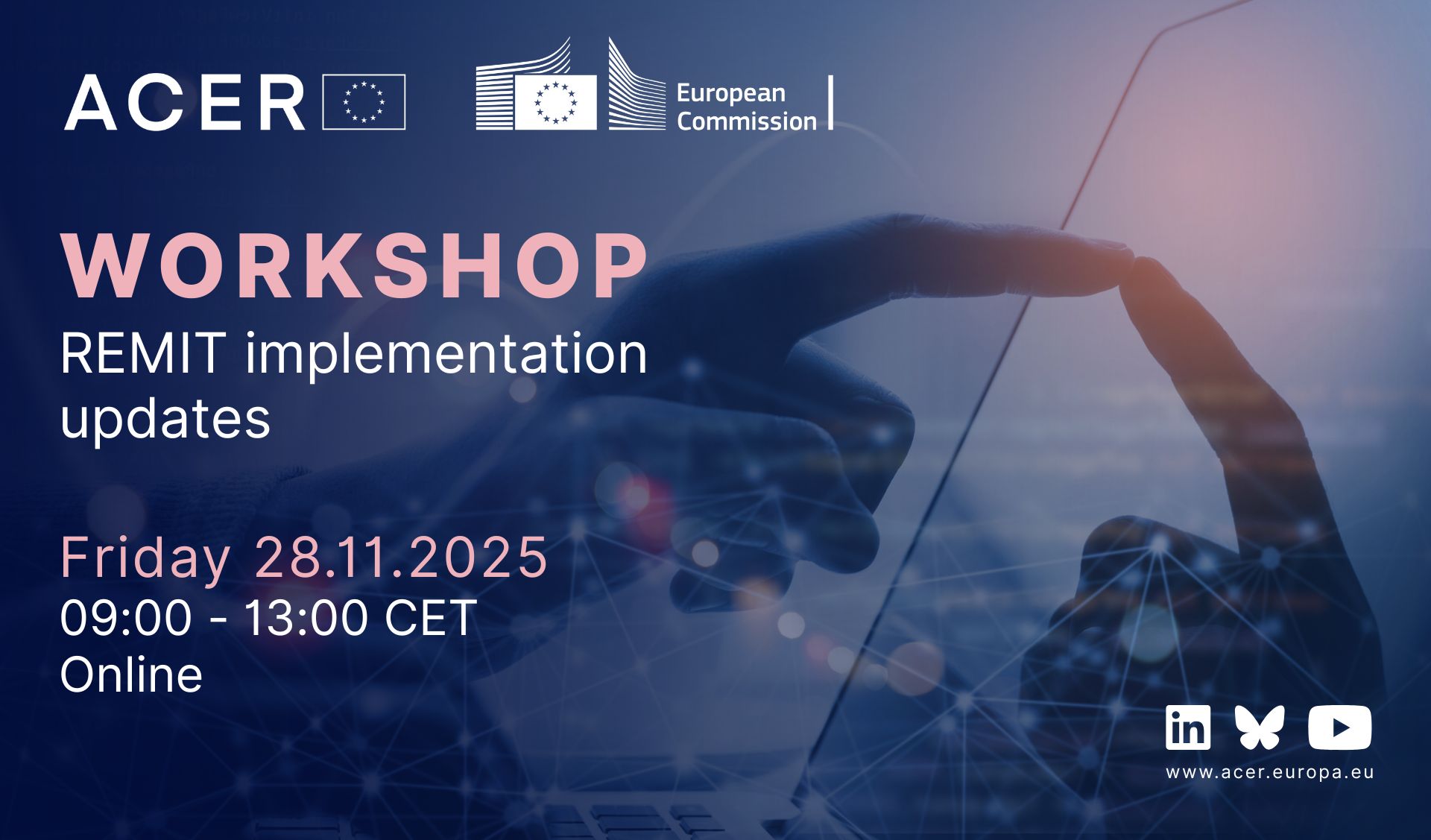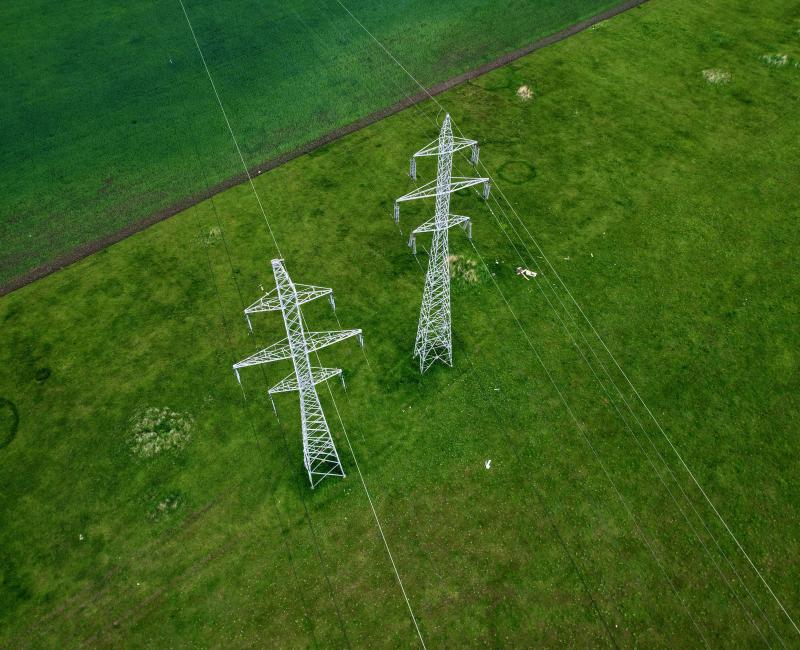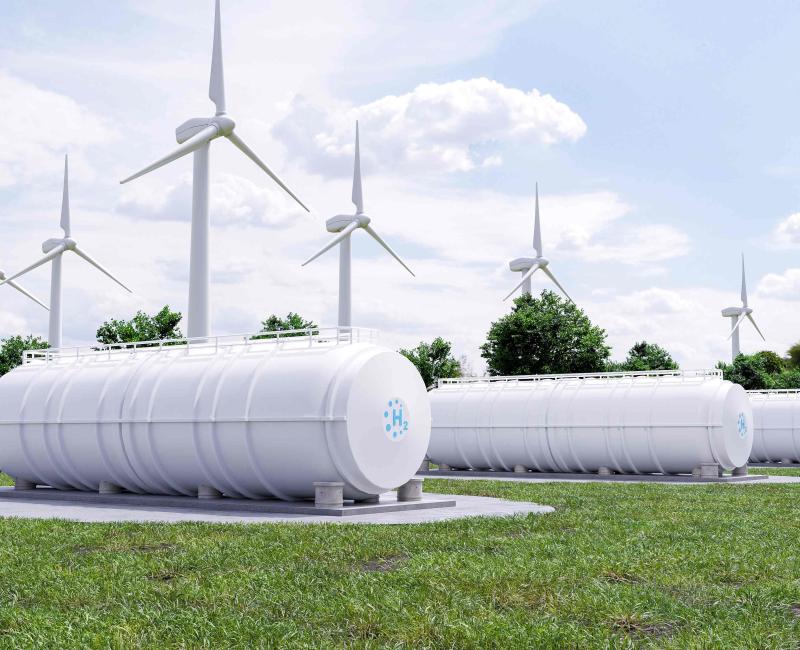of EU interconnection points have seen their flow direction reversed since 2021 to adjust to new market dynamics.
Capacity use and booking trends in European natural gas markets
-
 Gas
Gas

2025 Monitoring Report
This report on gas network use provides a comprehensive overview of capacity booking and usage trends in the EU, exploring how diversified supply, demand shifts and evolving capacity booking strategies are reshaping gas flows across the EU.
This monitoring report compares gas capacity use and booking data from 2021 to mid-2025 and analyses the main market shifts triggered by the energy crisis in 2022 (e.g. phase-out of Russian natural gas, increase in liquefied natural gas (LNG) imports, and lower gas demand). It also examines the impact of ending Russian gas transit via Ukraine as of 1 January 2025 on flow dynamics and capacity use across Southeast Europe.
What are the key findings?
The EU’s integrated gas system has proven resilient to the energy crisis, reconfiguring its gas flows in response to changing supply and demand patterns.
- Europe’s reliance on Russian gas pipeline imports has fallen from circa 40% to 6% of total imports since 2021.
- Since the end of 2021, gas flows have reversed direction at 40% of gas interconnection points across the EU, driven by the phasing out of Russian pipeline gas.
- Lower gas demand and increasing LNG’s supply reduced transit flows in some countries, leading to fewer capacity bookings and putting upward pressure on tariffs. Gas demand in the EU is expected to further decline from 40 to 90 billion cubic meters by 2030.
- Capacity bookings are adapting to new gas market conditions. Many long-term legacy contracts are expiring or have been terminated due to the Russian invasion of Ukraine. Instead shippers are now securing capacities on alternative routes through auctions underpinned by the EU-wide capacity allocation mechanism (CAM) network code.
- Lower pipeline congestion at EU level, but some supply bottlenecks persist. Infrastructure upgrades and lower gas demand have eased the peak congestion that affected Northwest Europe in 2022. Since 2024, high network use in Southeast Europe (including increased gas volumes to Ukraine in 2025 following the end of Russian gas transit), created significant congestion risks at several interconnection points in the region.
What are ACER’s recommendations?
Ensuring a flexible energy system and an efficient decarbonisation process requires robust regulatory oversight and close coordination among stakeholders. As such, ACER recommends:
Transmission system operators (TSOs) should enhance transparency and coordination in gas capacity optimisation. At the same time, regulators should facilitate efficient gas capacity use across Member States.
National regulators should ensure a full and consistent application of the EU rules (CAM network code) without exceptions to maintain a transparent, predictable, and standardised capacity allocation process, fostering competition and integration of EU gas market.
- Future gas infrastructure investment by Member States should be targeted to solve persistent bottlenecks, align with the EU’s energy and climate goals and ensure security of supply. Regulators must ensure transparent and efficient distribution of congestion revenues to reduce and stabilise tariffs for European network users.
Highlights
-
40%
-
-30%
gas capacity booked at EU level since 2021, showing Europe’s decreasing gas demand and increasing supply flexibility driven by higher LNG imports.
-
50%
of gas capacity used is contracted through the EU wide standardised capacity allocation mechanism, promoting a more transparent and predictable capacity allocation process.
Report
This report:
provides a comprehensive overview of capacity booking and usage trends in the EU;
explores how diversified supply, demand shifts and evolving capacity booking strategies (triggered by the energy crisis in 2022) are reshaping gas flows across the EU.







